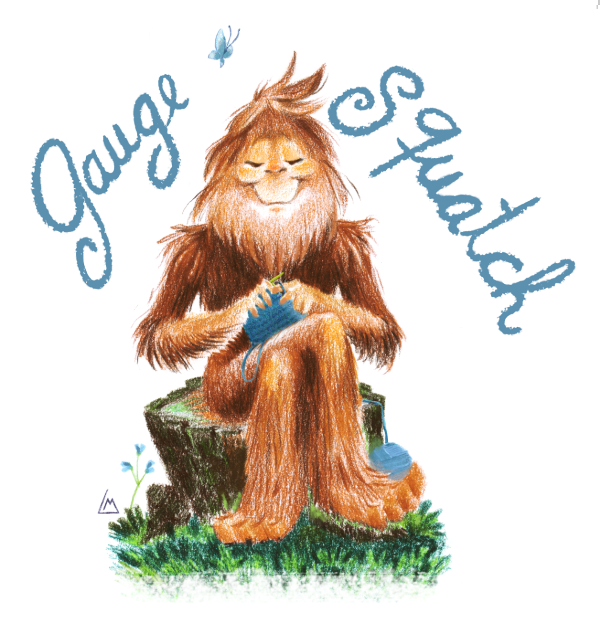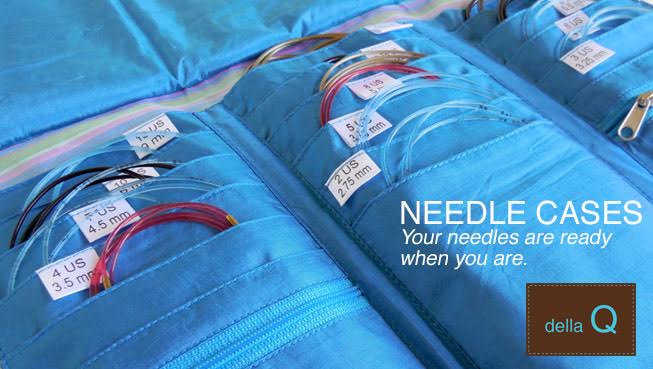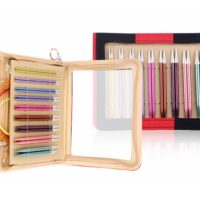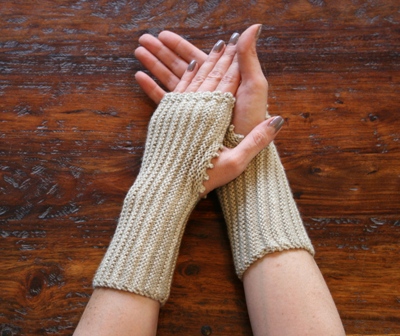
This week we have a “classic” episode, we’ll be back next week with more new episodes!
You can see Casey’s website and her social media buttons on kcknits.com.
Original art this week by Lucy Makuc Producciones.
From our lovely sponsors:
Mountain Colors
Crazyfoot is our best-selling sock yarn. A blend of superwash merino and nylon, this durable sock yarn takes the dyes brilliantly. Soft enough for shawls and cowls, this reliable sock yarn has been a favorite amongst knitters for more than 20 years.
Links to things we talk about in this episode:
What’s Your Knitting Style
Simple Stretchy Bind-Off
Shadow Chevron Stitch
Choosing a Sweater Size





Just a quick comment. When patterns say to check guage as knit, they mean to swatch in the stitch pattern as opposed to stockinette. They don’t mean knit as in the activity of knitting. It’s common but not especially clear.
I bought 2 patterns but don’t know where to find them after the purchase.
Kay – after purchase, you were instantly and automatically emailed your download links to the email address you have on file with PayPal, so please check that email and your spam folder. Additionally, it is likely that the pattern automatically saved in your Ravelry library, so please check there as well. If you are still unable to find your patterns, email me directly at staci@verypink.com, and I can send you additional copies.
S t a c i
On the top down sweaters, check out Susie Meyer’s Contiguous Sleeves. She had a sleeve only tutorial and now there are several sweater patterns using this need for top down sweaters.
I have done top-down sweaters with set-in sleeves. Elizabeth Dougherty’s “Meris” cardigan is one such. You do the “tank top” and then go back, pick up stitches around the arm hole and work the sleeve cap using short rows.
The result is very elegant and (I find) much better fitting than a raglan. This process completely eliminates the problems that can arise when the sleeve cap shaping and armhole shaping don’t quite match up.
I wanted to comment on your answer to the unnamed knitter from Albuquerque, NM. He/she wanted advice on working the wrong side of a double yarn-over. If you’ve never done these before, they can be a little intimidating. However, I’m sorry to say your answer may have made things worse. As far as I know, it’s impossible to do two purls (or two knits, for that matter) into the same hole, no matter how slowly or carefully you do it; try it and you’ll see what I mean! Most patterns that call for double yarn-overs specify that the knitter is to work k1, p1 into the wrong side of the double yarn-over.
Alternatively, the pattern may be simply calling for a double yarn-over as a way to create an elongated stitch, in which case the wrong side would be purled or knitted just once, same as if the yarn-over were a plain old yarn-over, not double.
The best advice to give the Albuquerque knitter would have been, “read your pattern again, very closely, and if it isn’t clear, send the designer an e-mail or ravelry message.”
I went back and re-listened and realized that the question about double-yarn-overs came from Tabby from Florida, and that she was talking about a lace pattern. In this case, the first of my two proposed solutions is the correct one.